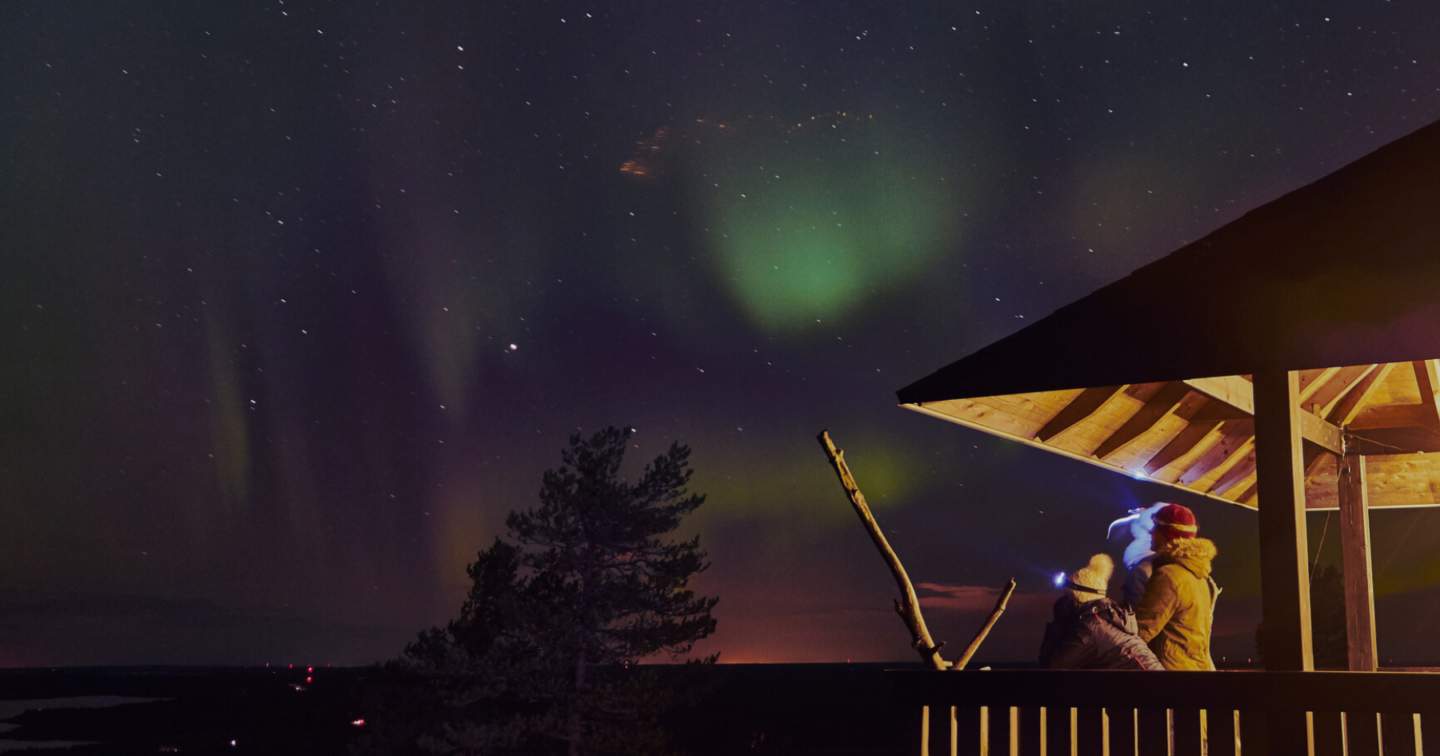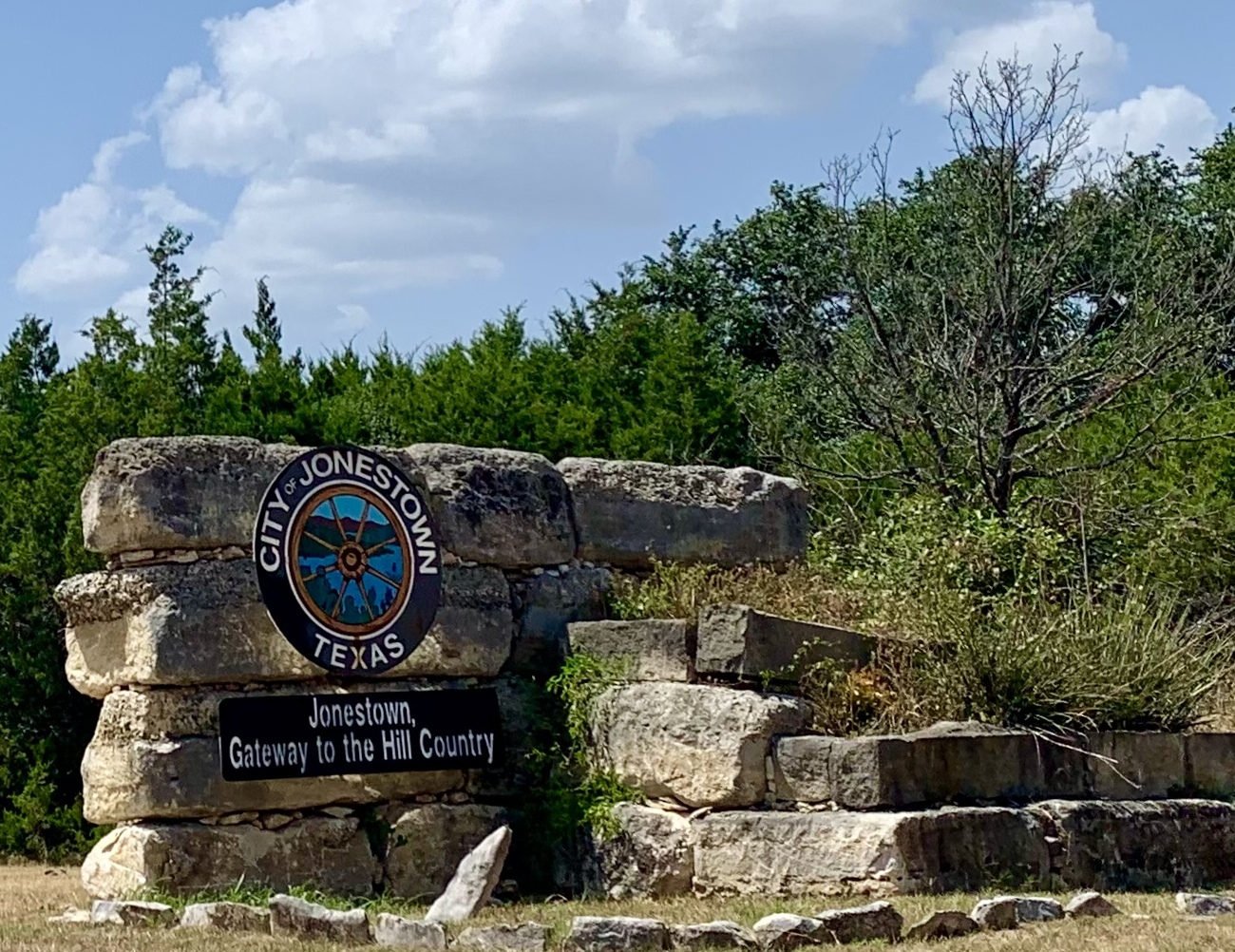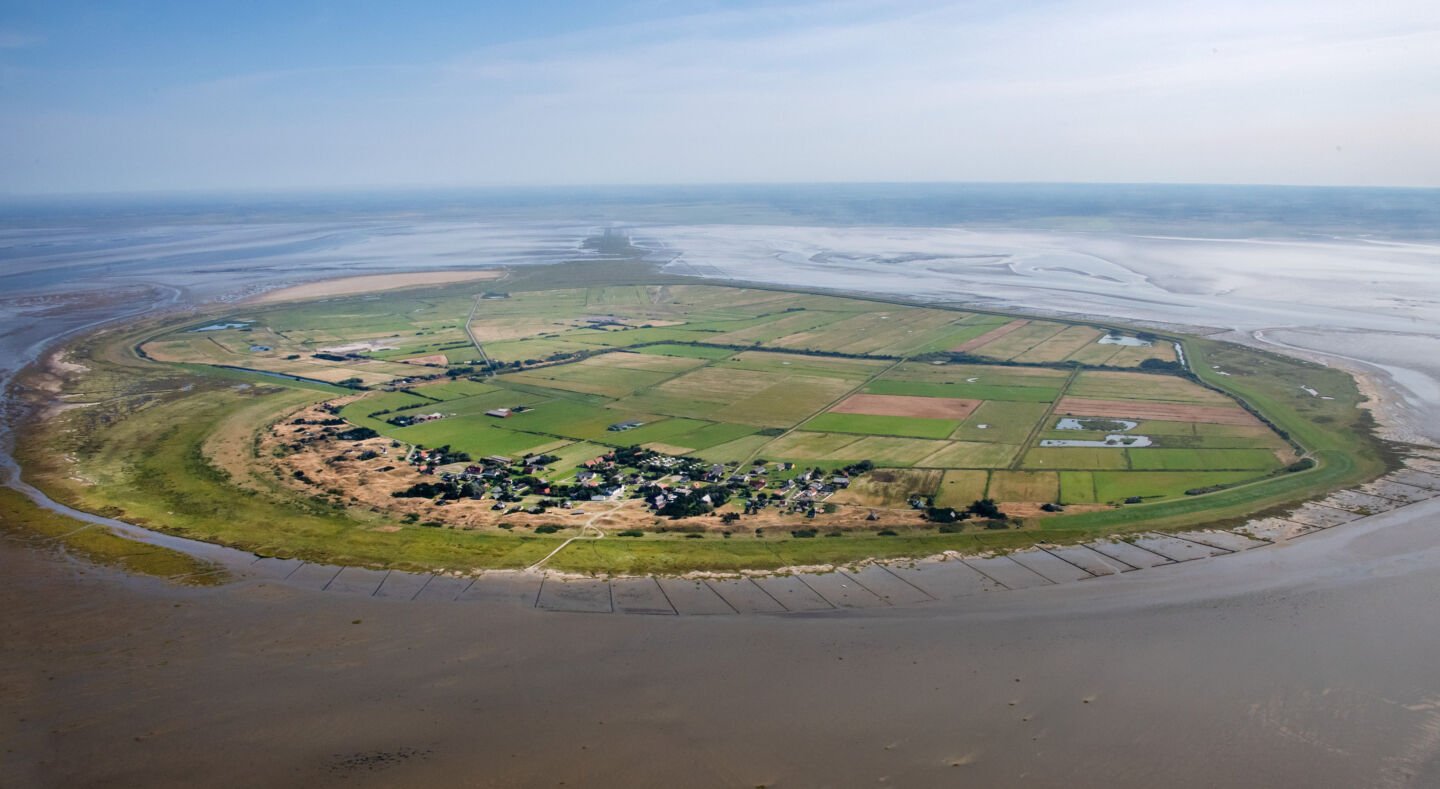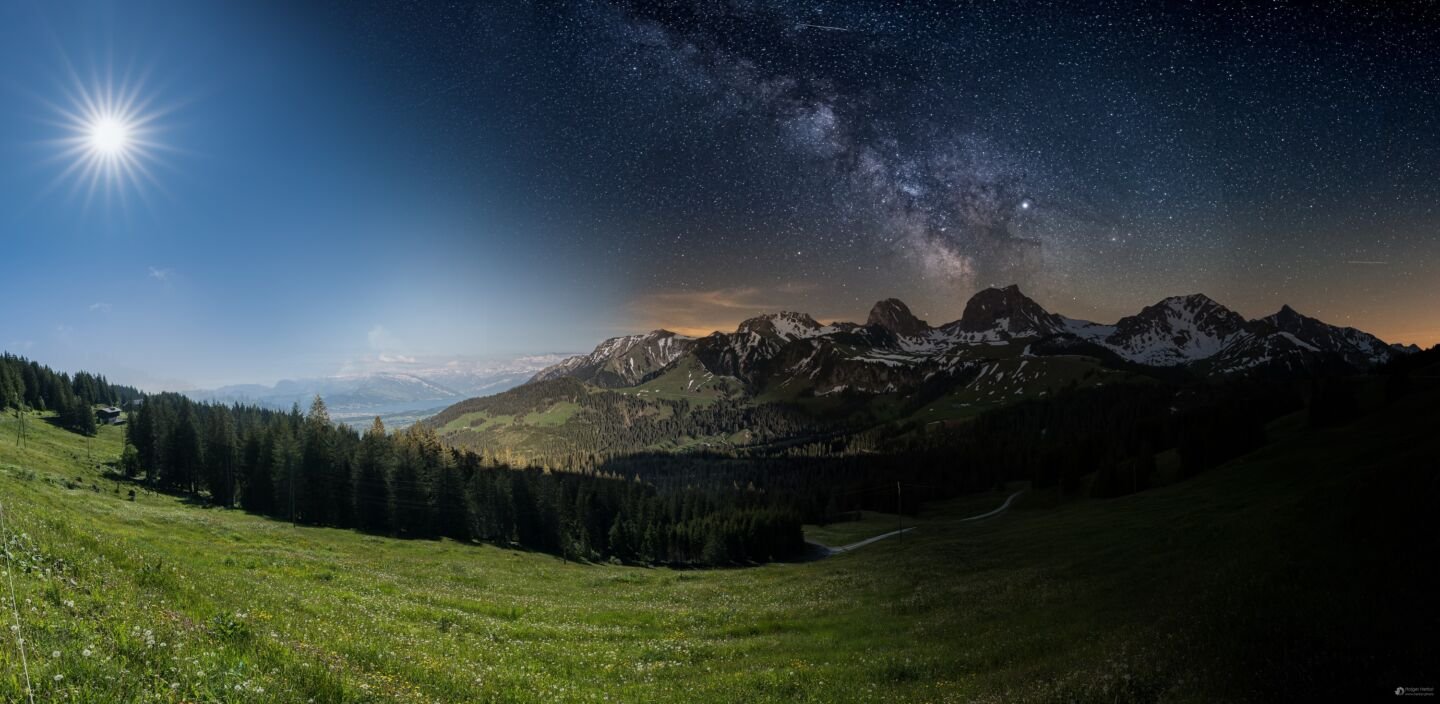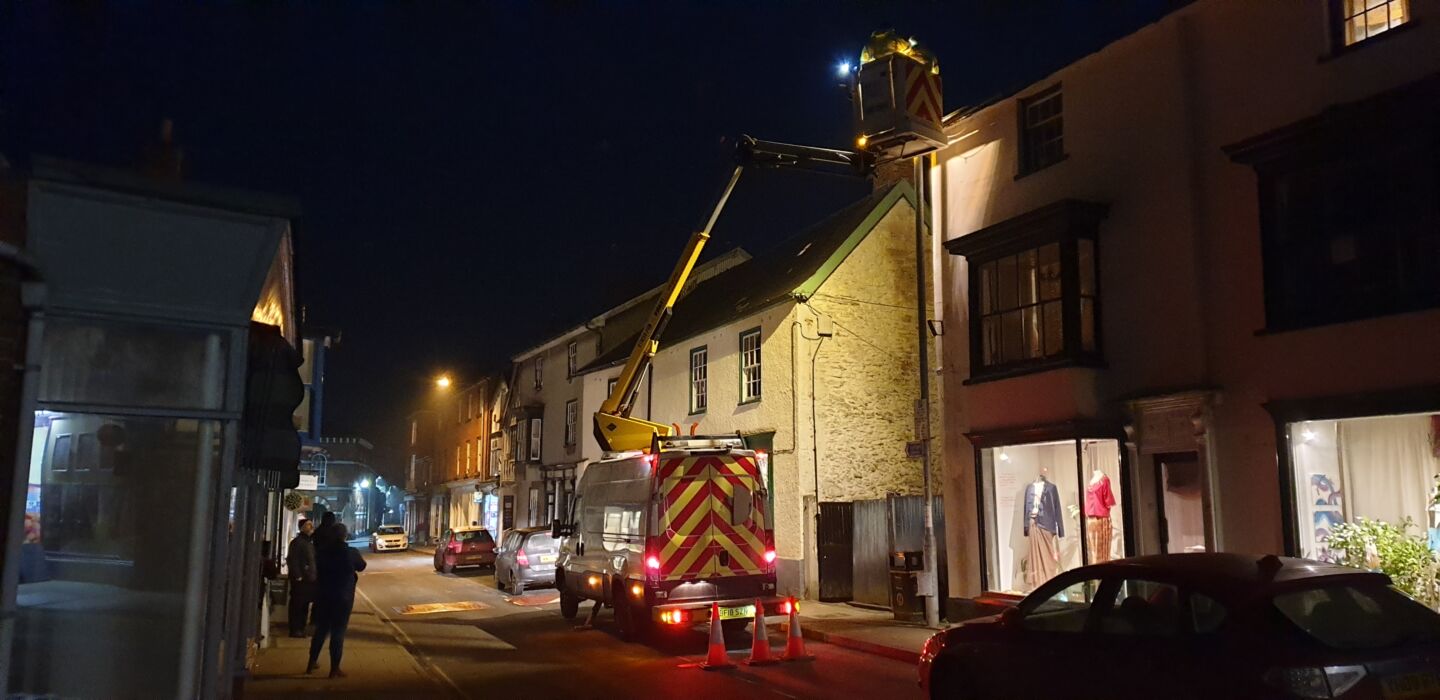
Two Colorado Towns Come Together as Colorado’s First International Dark Sky Community
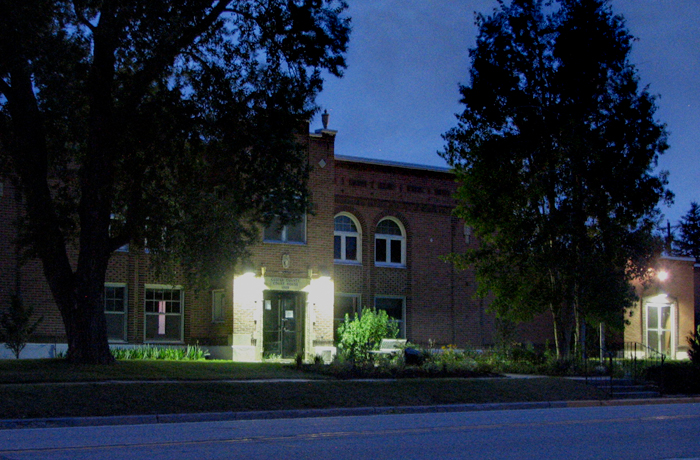
TUCSON, Ariz., and WESTCLIFFE / SILVER CLIFF, Colo. (9 March 2015) The bordering towns of Westcliffe and Silver Cliff in southern Colorado have come together to protect a shared natural resource their dark night skies. In the first effort of its kind, the towns worked side by side to ensure preservation of dark nights for the benefit of future residents. As a result of their efforts, the towns have earned Colorado’s first International Dark Sky Community designation from the International Dark-Sky Association.
“We’re truly inspired by dedicated cooperation of Westcliffe and Silver Cliff to preserve their night skies, and hope it inspires similar successful collaborations,” IDA Executive Director J. Scott Feierabend said.
Dark Mountain Valley Nights
With a population of less than 1,200 people Westcliffe and Silver Cliff are the only incorporated settlements in the Wet Mountain Valley of southern central Colorado. The area was once a bustling population center. At the 1880 Census, Silver Cliff was the third most populous municipality in the state and was considered for the site of the Colorado capital before statehood in 1876. The towns’ early prosperity was driven by commercial mining, but is now heavily
dependent on agriculture and ranching.
In recent years, the dark night skies over the towns have come to be recognized by locals as a natural resource worth preserving. Situated between the Wet Mountain and Sangre de Cristo mountain ranges, the towns are protected from the most significant source of light pollution in the region coming from cities along the Interstate 25 to the east. The small population, largely rural setting, and limited outdoor lighting have kept the night skies over Westcliffe and Silver Cliff in relatively pristine condition. To keep it this way, each town council adopted a comprehensive outdoor lighting ordinance.
“Viewing this nightscape from a dark location like these Colorado towns is a magical experience of unparalleled beauty and awe that the founding pioneers of this area had as part of their lives,” Larry Weber, mayor of Silver Cliff, explained. “It deserves protection so that far into the future, both residents and visitors can continue to enjoy it.”
Concerned Citizens Engage Community
In 1998, a group of citizens concerned about the protection of this resource formed Dark Skies of the Wet Mountain Valley, a 501(c)(3) nonprofit organization. In the years since it was founded, Dark Skies has drawn attention to the threat of light pollution, offered solutions and engaged residents in protecting the area’s night skies. The results equally benefit those who appreciate astronomy and those interested in promoting regional eco- and astro-tourism.
“I’ve seen the mindset of life-long locals come to the realization that the Valley’s nightscape has real economic value and is worth preserving,” Jim Bradburn, president of Dark Skies, said. “That businesses and individuals routinely contact us for guidance in dealing with their own lighting issues is most gratifying.”
In partnership with the Wet Mountain Valley Community Foundation, Dark Skies has raised tens of thousands of dollars to support retrofitting or replacement of outdoor lighting in both towns. Their projects have improved lighting at a number of sites including public works facilities, school district buildings and the Custer County courthouse. These efforts have helped reduce light pollution and create public awareness.
To gain the cooperation of the towns’ residents, Dark Skies organized a variety of community activities including star parties, public lectures and sponsoring a dark-skies-themed student art contest in local schools. The group realized that empowering property owners was key to ensuring compliance with the towns’ lighting ordinances. In response, they produced a publication for builders and homeowners on selecting dark-sky-friendly light fixtures. Keeping the public focused on outdoor lighting issues has helped establish dark skies as a community value.
Dr. Bob Stencel, coordinator of the Colorado chapter of IDA, applauds the towns’ achievements and welcomes the Dark Sky Community designation. “It will reduce the impact of light pollution and I consider it as a transcendently valuable example to all communities in Colorado to follow this path of light pollution solutions,” Stencel said.
“Here in the Wet Mountain Valley, fairly simple efforts have helped preserve one of Colorado’s last rural ranching high-mountain communities,” said Jim Little, publisher of the Wet Mountain Tribune. “A dark sky is an integral part of what ‘true’ Colorado really is.”
About the IDA Dark Sky Places Program
IDA established the International Dark Sky Places conservation program in 2001 to recognize excellent stewardship of the night sky. Designations are based on stringent outdoor lighting standards and innovative community outreach. Since the program began, nine Communities, 20 Parks and 9 Reserves have received International Dark Sky designations.
About IDA
The International Dark Sky Association, a 501(c)(3) nonprofit organization based in Tucson, Arizona, advocates for the protection of the nighttime environment and dark night skies by educating policymakers and the public about night sky conservation and promoting environmentally responsible outdoor lighting. More information about IDA and its mission may be found at dark-sky.org.







